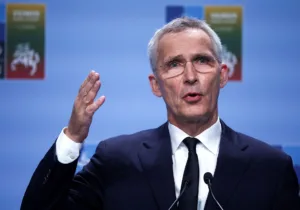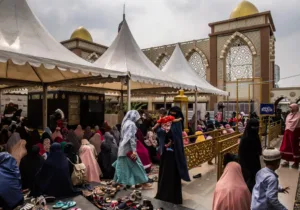Amid the plethora of security threats the world is facing today, North Korea, with its fourth nuclear test on Jan. 6, long-range missile test on Feb. 7 and firing of short range missiles in late March, has been doing all it can in order to ensure that it gets its share of attention. Its ICBM program has made significant strides, and it is also making progress towards a miniaturized nuclear warhead and operationalizing a submarine-launched ballistic missile (SLBM) capability, which would give Pyongyang a survivable nuclear deterrent. And the regime’s proliferation activities, particularly with Syria and Iran, have posed an even broader threat.
Continue reading at The Washington Times.
—
Paul Coyer is a contributing editor for Providence, a member of the International Institute of Strategic Studies and is a research professor at the Institute of World Politics who covers foreign policy issues, especially on Eurasia, for Forbes. After earning his MA in theology from Yale Divinity School, he studied at the London School of Economics & Political Science, where he completed an MA in the international history of East Asia and a PhD focused on the role Congress played and US domestic politics in shaping the opening to China under President Nixon and its development under Presidents Ford and Carter.
Photo Credit: During the 2007 Arirang Mass Games in Pyongyang, North Korea, attendees hold boards to create a massive North Korean flag. Photo by (stephan) via Flickr.







 Live in the DC area? Sign-up for Providence's in-person events list!
Live in the DC area? Sign-up for Providence's in-person events list!